|
Hooks Lab has a new publication out in Crop Protection titled, “Can winter cover crop termination practices impact weed suppression, soil moisture, and yield in no-till soybean [Glycine max (L.) Merr.]?”
View full paper at https://www.sciencedirect.com/…/artic…/pii/S0261219418303211 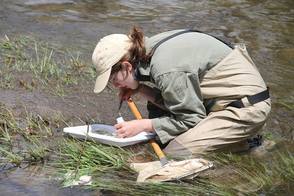 Congratulations Dr. Rebecca Wilson-Ounekeo (Lamp Lab), UMD ENTM Grad Program's newest Ph.D. graduate, for successfully defending her doctoral dissertation: "Spatial Distribution, Habitat Preference, and Societal Impact of the Nuisance Black Fly, Simulium jenningsi" Check out a recent Entomology Seminar Blog post about her research. https://entomology.umd.edu/…/the-relationship-between-human… Congratulations again & best of luck in all your future endeavors, wherever these may take you! 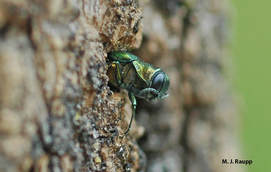 Photo Credit: M.J. Raupp Photo Credit: M.J. Raupp Professor Dr. Paula M. Shrewsbury has a paper out in Forest. Her research compares methods for monitoring establishment of the Emerald Ash Borer. Check out full article, "Comparing Methods for Monitoring Establishment of the Emerald Ash Borer (Agrilus planipennis, Coleoptera: Buprestidae) Egg Parasitoid Oobius agrili (Hymenoptera: Encyrtidae) in Maryland, USA" at https://doi.org/10.3390/f9100659  Photo Credit: Scott Martin Photo Credit: Scott Martin UMD Assistant Professor, Karin Burghardt quoted in Popular Science. She comments on a new study out from the University of Delaware that researched the effects of native plant species on a specific species of bird. Quote: “We think about birds [in human landscapes] as mostly needing birdseed,” Burghardt says. But work over the past decade paints a different picture, one that points to the importance of insects for many. However, the vast majority of plant-eating insects are evolved to only eat a small number of native plants, which means that in gardens without the foliage of choice, they’re not around. For human gardeners, as well, introducing native plants and seeing the wildlife—from caterpillars and other insects to birds—they attract can be “a pretty rewarding process,” Burghardt says. Read full article here. 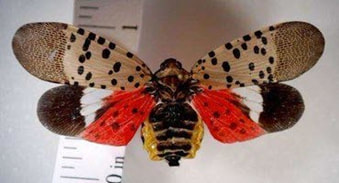 Photo Credit: Farms.com Photo Credit: Farms.com Confirmation of the spotted lanternfly in MD has Farms asking what this means for MD crops. For answers, they turn to, UMD Assistant Professor, Kelly Hamby. Quote: “This insect seems to cluster in big groups,” Hamby told Farms.com. “They pierce the plant tissue and sucks out the juices of the plant and filters the good stuff for themselves. While that’s going on, the insects also getting rid of the juices they don’t want. “The excreted substance is called honeydew, and that can cause a lot of secondary problems because it can promote mold growth.” Read full article here. 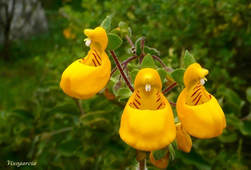 Photo credit: J.Vicente Garcia Hernandez Photo credit: J.Vicente Garcia Hernandez Professor Dr. Anahí Espíndola has a paper out in Annals of the Entomological Society of America. Check out full article, "The Relationship Between Pollinator Visits and Climatic Suitabilities in Specialized Pollination Interactions" at https://doi.org/10.1093/aesa/say042 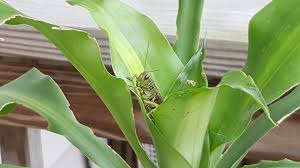 Photo credit: Sergey Photo credit: Sergey ENTM Postdoc, Dr. Alina Avanesyan has a review paper out in Plants. This review looks into the feeding preferences of acridid grasshoppers on native vs. introduced plants. Check out full article, "Should I Eat or Should I Go? Acridid Grasshoppers and Their Novel Host Plants: Potential for Biotic Resistance" at https://doi.org/10.3390/plants7040083. 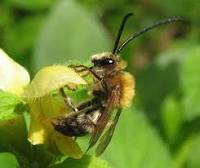 Dr. Megan Fritz has a new publication out in Insect Systematics and Diversity. Check out full article, “Opening the Door to the Past: Accessing Phylogenetic, Pathogen, and Population Data From Museum Curated Bees” at https://academic.oup.com/isd/article-abstract/2/5/4/5133258?redirectedFrom=fulltext 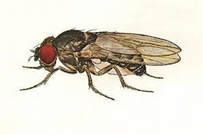 The Pick Lab contributed to a new paper published on October 10th in the New England Journal of Medicine (link below), specifically to disease testing in the model organism Drosophila melanogaster. Contributing authors from Pick Lab: Leslie Pick (professor & Chair), Alys Jarvela (postdoc ENTM) & Bijal Kikani (Undergraduate Biological Sciences Major). The paper was covered by the Associated Press. Publication: "Effect of Genetic Diagnosis on Patients with Previously Undiagnosed Disease" 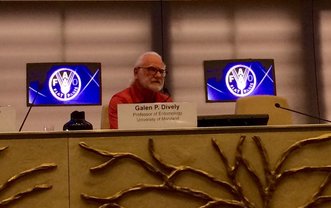 Fall Armyworms are spreading fast across Africa, devastating crops. The U.S. Mission to the UN Agencies for Food & Agriculture is looking for ways to help control the pest. This Sept, they invited Dr. Galen Dively to share his expertise in pest management. After traveling to observe the spread of the Fall Armyworm in Malawi & Ghana, Dively shared his recommendations at the United Nations Food and Agriculture Organization (FAO) in Rome. Read the full USUN news release here. Hitting the Weak Spot: Biologically based pest management of the Brown Marmorated Stink Bug10/8/2018
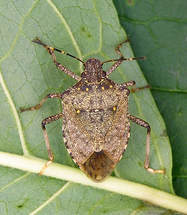 Figure 1. BMSB adult Figure 1. BMSB adult Written by: Maggie Lewis. Maggie is a second year PhD student in the Hamby lab who is currently studying the interactions between spotted wing drosophila and yeast and fungal microbes. In agriculture, understanding an insect’s biology is a crucial aspect for developing and improving sustainable agricultural pest management programs. Knowledge of basic aspects of an insect’s life history, including its phenology, its behavioral ecology, and its interactions with the environment, provide clues that can help growers identify and exploit that pest’s weakness. Dr. Anne Nielsen, an associate professor in the Department of Entomology at Rutgers University, is currently studying how we can use this biologically based approach to improve management of Halyomorpha halys, more commonly known as the brown marmorated stink bug (BMSB). 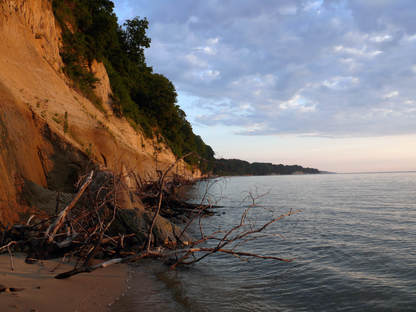 Congratulations to Brett Kent on his latest publication, “The Geology and Vertebrate Paleontology of Calvert Cliffs, Maryland, USA”, published on Sept. 25th in Smithsonian Contributions to Paleobiology. Over 100 years have passed since the last comprehensive review of fossils from Calvert Cliffs was published. This new publication updates us on the new discoveries found among the cliffs. Within this multi-authored volume, “Bretton W. Kent describes the cartilaginous fish fauna, consisting of 54 species—3 ratfishes, 39 sharks, and 12 skates and rays—a fauna rich in large predatory sharks and large neritic rays. In an addendum to Kent’s chapter, he and David J. Ward describe a new species of giant thresher shark with serrated teeth.” Read the full release here. |
Categories
All
Archives
June 2024
|
Department of Entomology
University of Maryland
4112 Plant Sciences Building
College Park, MD 20742-4454
USA
Telephone: 301.405.3911
Fax: 301.314.9290
University of Maryland
4112 Plant Sciences Building
College Park, MD 20742-4454
USA
Telephone: 301.405.3911
Fax: 301.314.9290

 RSS Feed
RSS Feed




